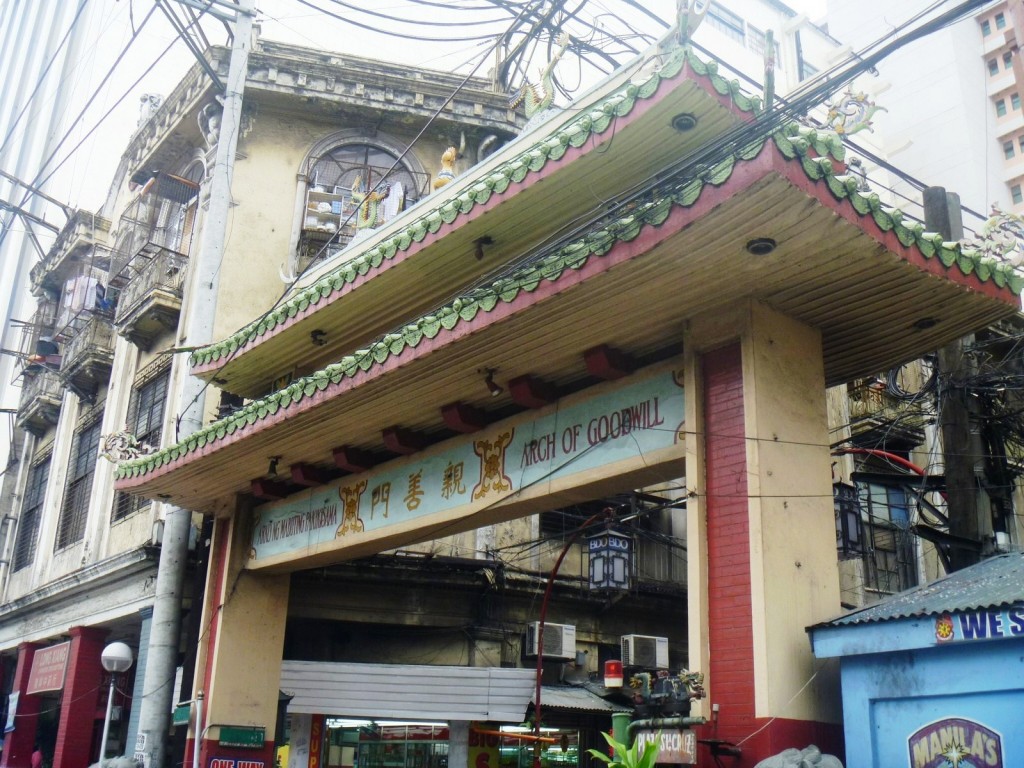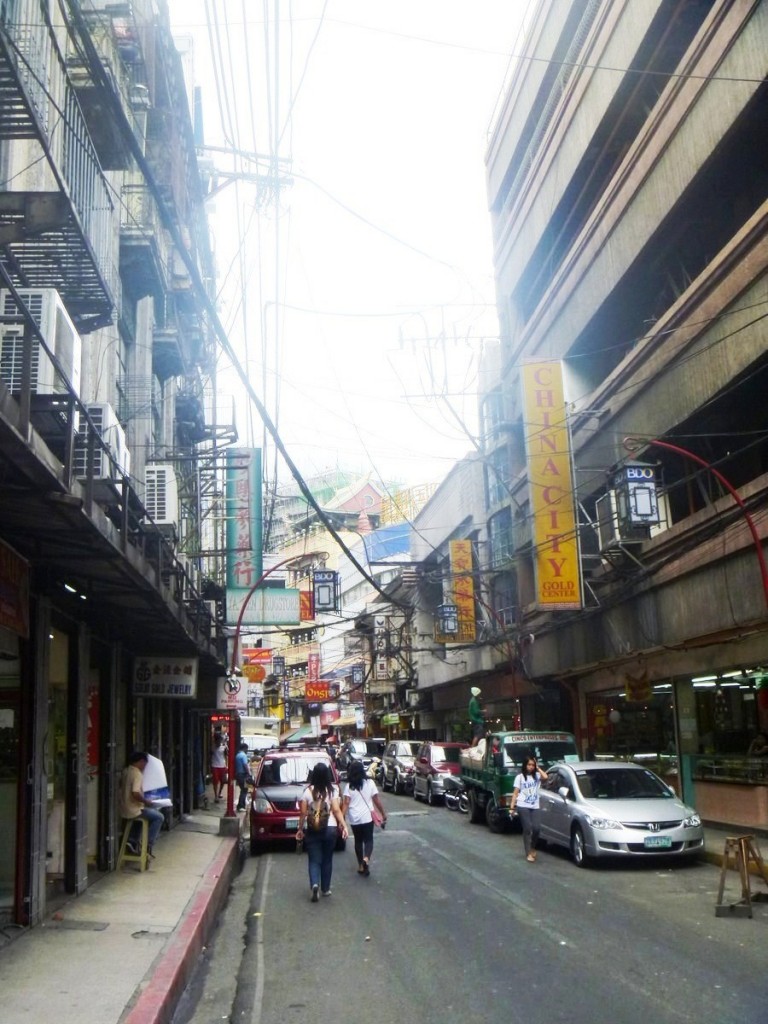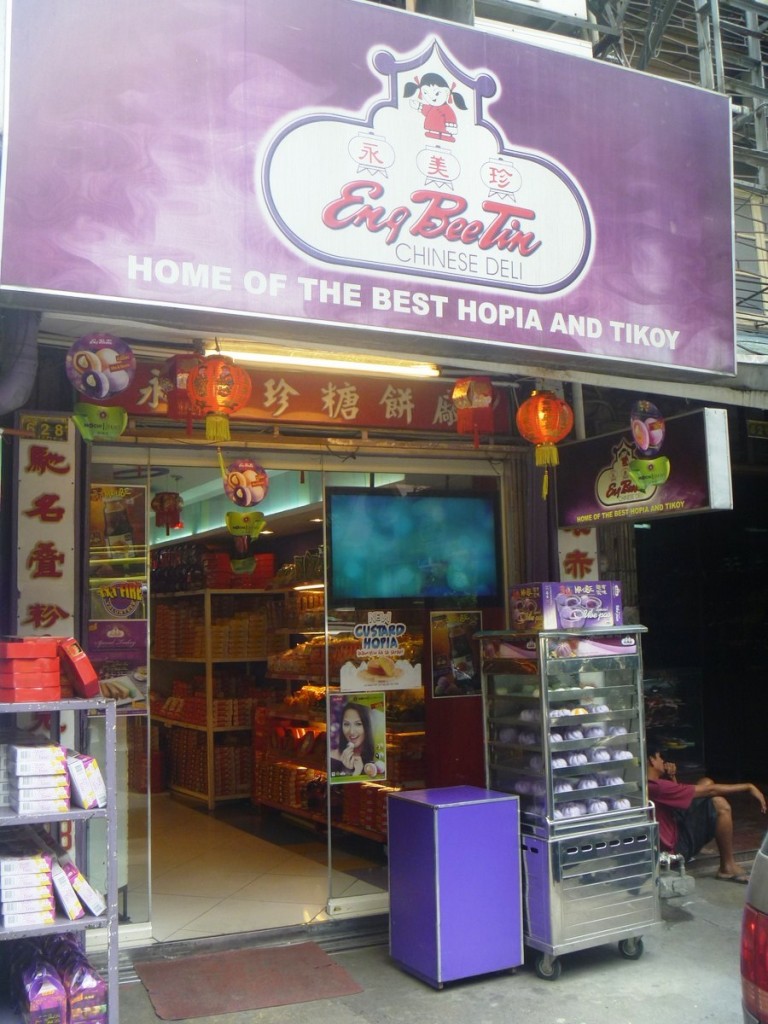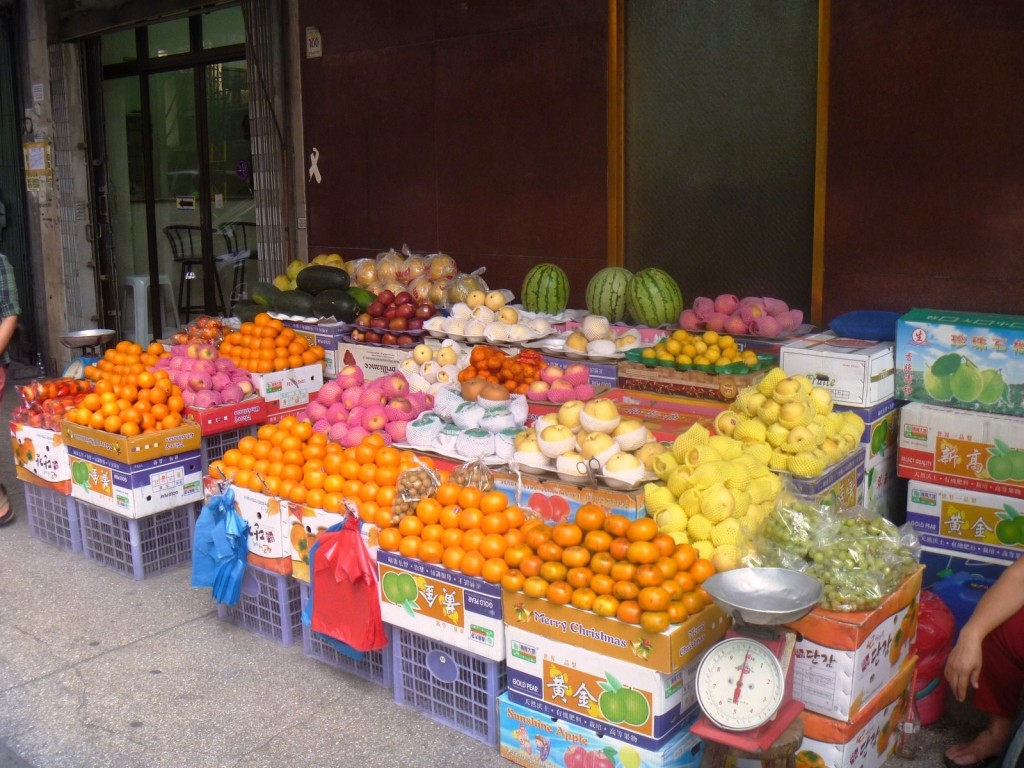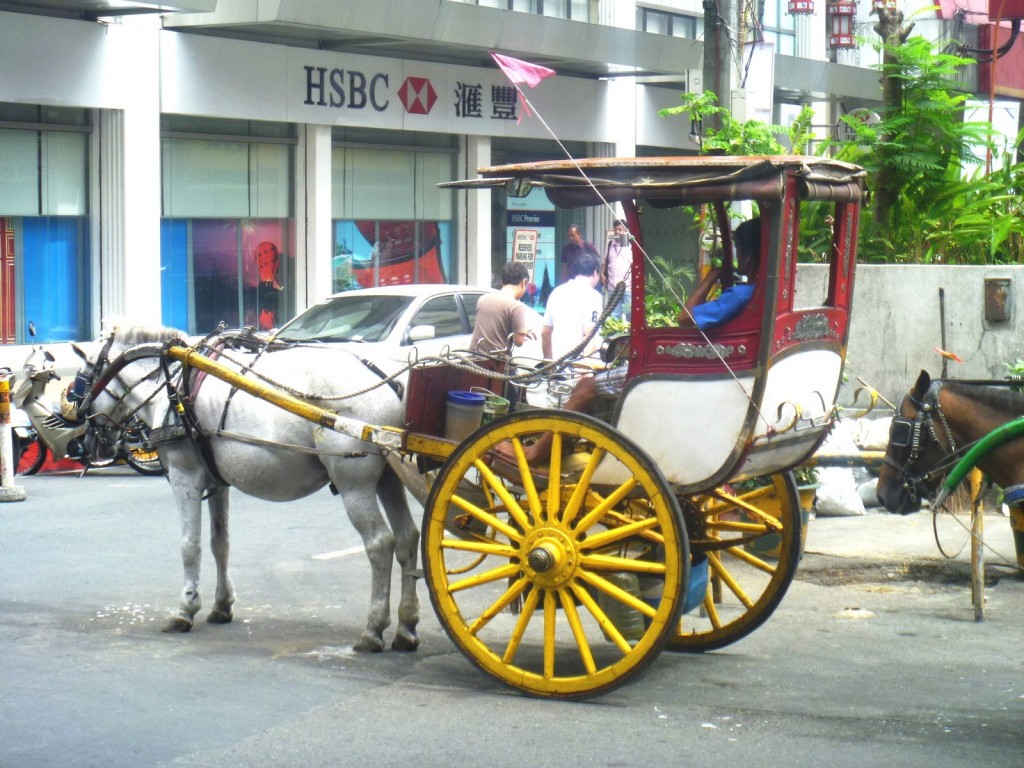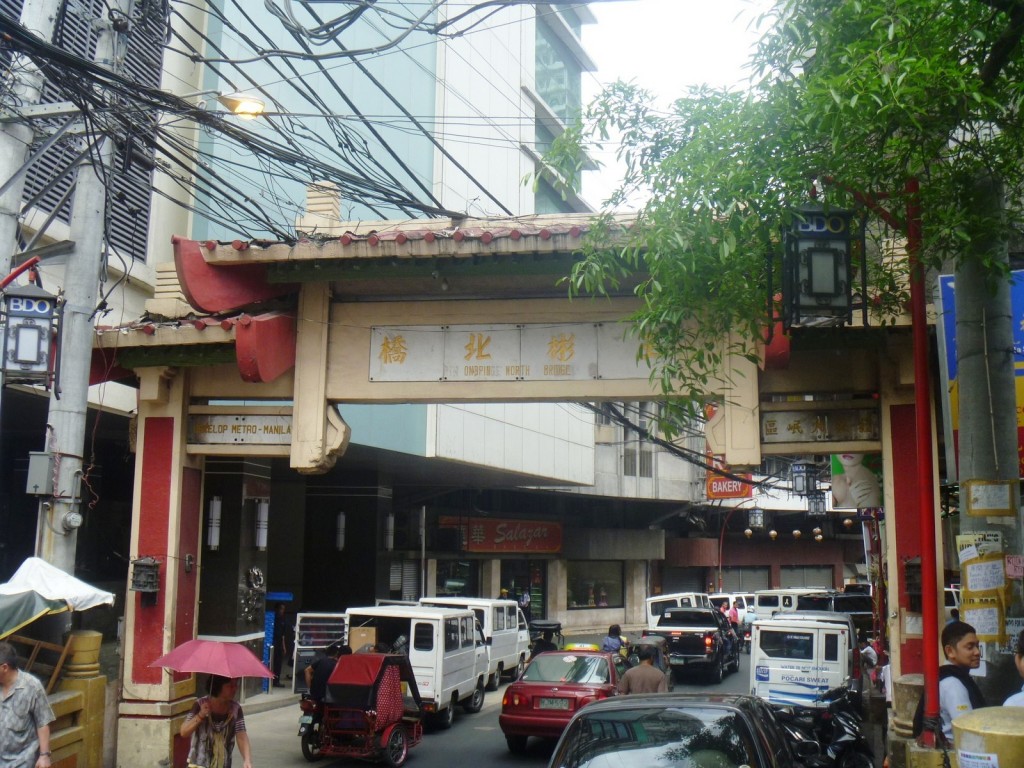Jandy and I were awake by 4 AM as we, as well as the rest of the group, were slated to leave, on a hired jeepney, for the Kiltepan (named after the 3 bounding barangays of Kilong, Tetep-An, and Antadao) Viewing Tower vantage point, where we were to view Sagada’s famed sun rise. It was very chilly that early morning, so we all donned our jackets and bonnets and made sure we all brought our cameras (in Jandy’s case, his Samsung Galaxy Tablet). Breakfast would have to wait until our return. The jeepney ride took all of 25 mins., traversing the road leading to Dantay Junction, then turning left towards a winding concrete road then, finally, to Kiltepan Junction, a bumpy shortcut foot trail leading up to the hill on the right.
 |
| Kiltepan Peak |
| The sun makes its appearance |
It was still dark when we arrived there and the full moon could still be seen in the night sky. There were already a number on sunrise watchers when we arrived, some bringing along coffee to keep warm together with their cameras and tripods. Soon, more people arrived and the parking lot was soon filled with vehicles, both private and hired. Some enterprising Sagadans, taking advantage of the holiday atmosphere, were making a killing selling freshly-baked pastries.
| The crowd of sun rise watchers |
| Jandy and I watching the sun rise |
Soon night passed into day and we had an unusual and magnificent bird’s eye view of layers upon layers of the terraces at Kilong and Tetep-an, right down to the river valley and the Cordillera Mountain range, with the clouds below us.
| View of the rice terraces below us |
Above them are the high ridges separating Bontoc from Sagada. We can also see the remnants of a Piltel antenna tower at the 1,636-m. high summit that was struck by lightning. Then, at the 5:50 AM mark, the sun made its glorious appearance, to the joy of the crowd who had been forewarned that early morning fog can sometimes ruin views of the sun rising. We were lucky to see the sun rise in all its majesty.


.jpg)
.jpg)
